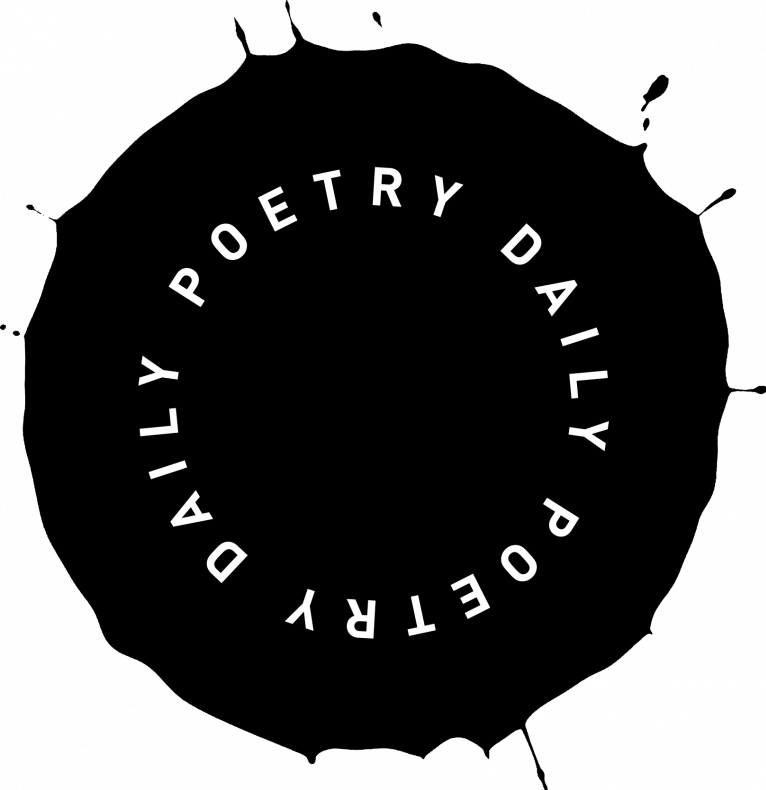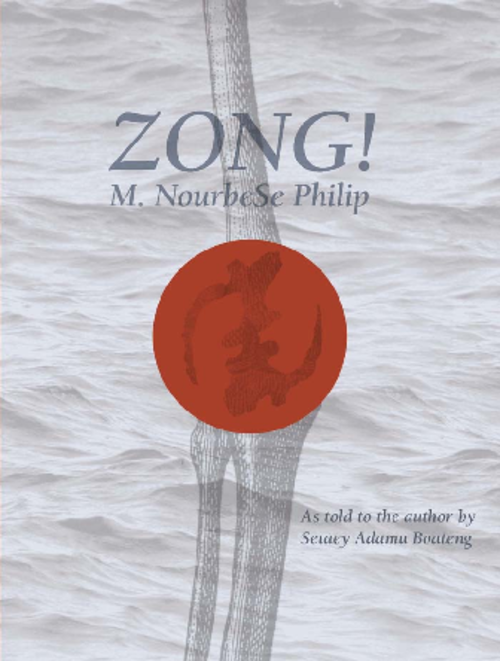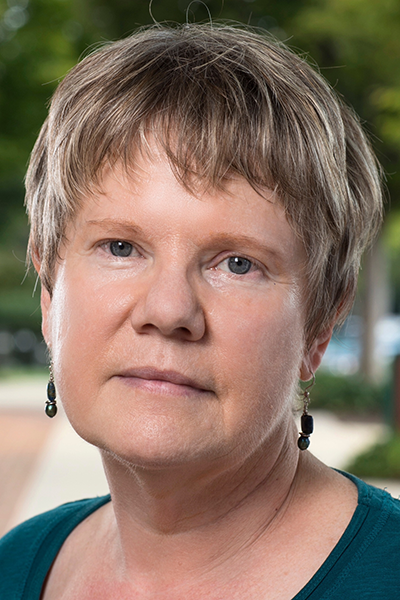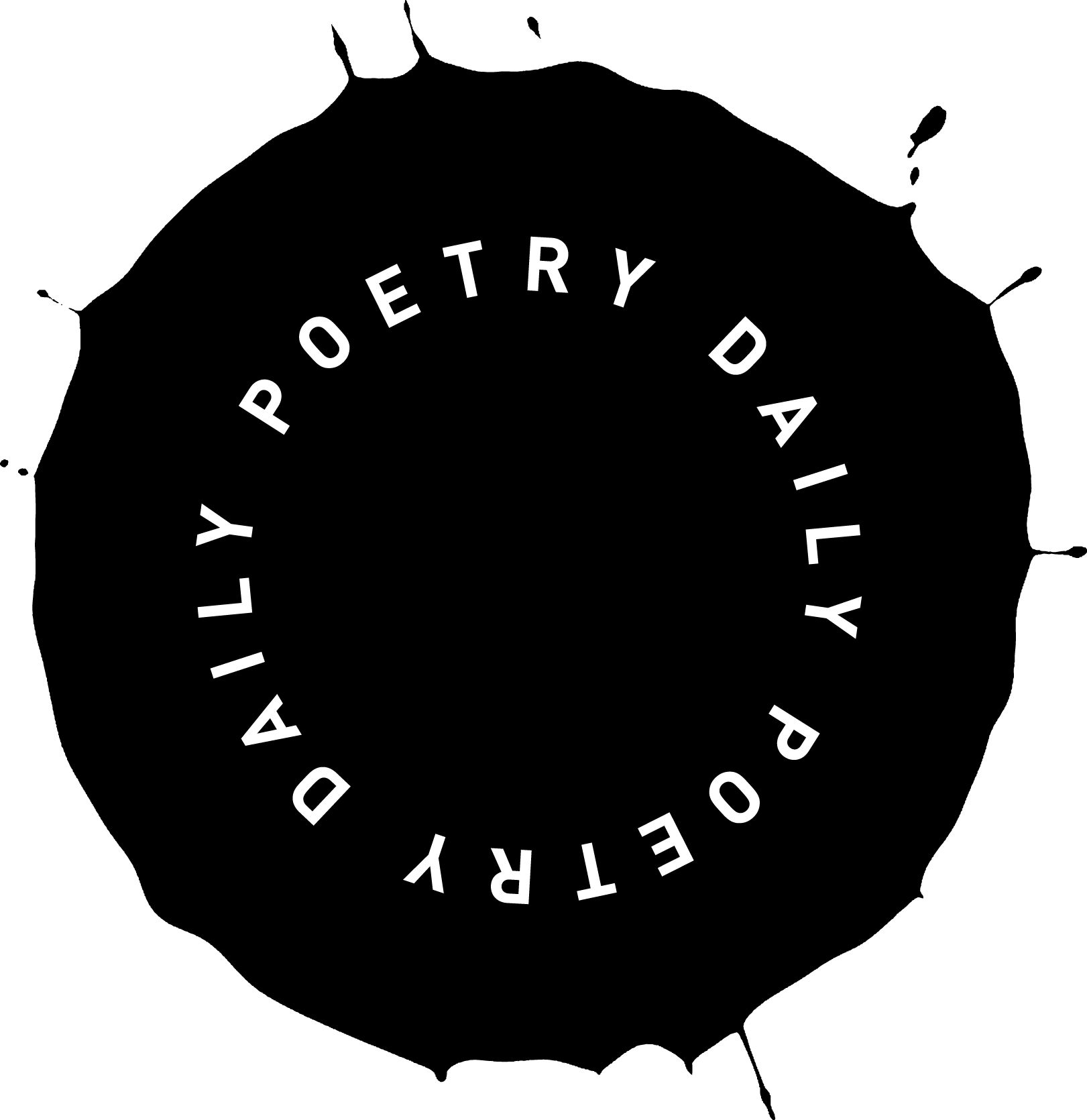In November 1781, the captain of the slave ship Zong ordered that some 150 Africans be murdered by drowning so that the ship’s owners could collect insurance monies. Relying entirely on the words of the legal decision Gregson v. Gilbert—the only extant public document related to the massacre of these African slaves—Zong! tells the story that cannot be told yet must be told. When I first picked up a copy of Zong! and read those words, I knew it was a book I needed. The subject was doubly terrifying: the murders themselves, plus what M. NourbeSe Philip (a lawyer as well as poet) calls the magic of law, which can, through language, transform human beings into property. Yet the poet’s practice—finding the poem entirely within the evidence—was compelling, a mythic journey into facts, and into language. Flipping the pages, I found pulled phrases arranged by familiar tactics of lineation and parallelism, followed by what appeared to be elegantly erased pages, as inviting to the eye as to the curiosity. Yet deeper in, as the book’s sections unfolded, I came on more daunting pages, like those excerpted here from the section “Ferrum,” ungiving to the eye, difficult even to assemble into word and phrase. Would I be able to read this book? Would I be able to grow with it and into it?
What I found is a book enacting the poet’s journey—and thus constructing ours—from a first section both easily read and emotionally available, through word clusters floating free from each other, with no phrase directly beneath another, onward to the breakdown and rebuilding of language achieved in “Ferrum.” At many points readers may want to drop out, feeling abandoned by the poet, disappointed in their own discouragement, angry at the text for what it asks of them. But look: discouragement contains courage only until we see that word, and free it. This is the method of Zong!—to see and to hear; to allow silence to exist, and grief; and to persist. Persisting, for Philip, meant seeking freedom within limitation by, as she puts it, locking herself in the text. Our job as readers is to feel that claustrophobia, and find our light within it, not passing too quickly through language and its discomforts.
As the excerpt from “Ferrum” begins, the desire to read is baffled. What is all our f? What is ht fad? The pages offer no visual clues, no eye-rhythms for mind to follow, but the eye goes to work, gradually witnessing an emergence of image and narrative from chaos. We can rewrite the text, if we need to; it’s there to be found: and their fall our fall it was a bull market for guineas and for guinea negroes a bet in hope night fades to day day to night her dugs hang sacks of dry fear. What would we lose by this? At the surface, we would lose other words, floating into view then dissolving: ear mark, nig, and (continuing) heir and ear; the raise within praise and divisible from it; fragments of French, Latin, Yoruba, and ten other languages joining and splitting momentarily with English. Most of all, we would lose the passage itself, what Philip has called experiencing language as water. Water is a place to drown, as the murdered Africans drowned; but as she reminds us it is also true that sound carries far under water.
Sound is concealed in these pages. To find it you have to read aloud, observe your own mouth, your own voice, reaching for completion, for the story. Sound helps you arrive, and as you arrive the grief and horror may break through, neither contained or containable. This kind of writing, this kind of reading, makes us accomplices, co-creators learning to voice the unknowable and the unbearable. It brings us closer to the dead while at the same time making tangible the uncrossable distance. Both sensations are the subject here, “the story that cannot be told yet must be told.” This is always the paradox of a “public” poem.
If you stare at these pages in bafflement, feeling skeptical, annoyed, shut out, or pissed off, start with the recordings at Pennsound, and just listen: http://writing.upenn.edu/pennsound/x/Philip.php




